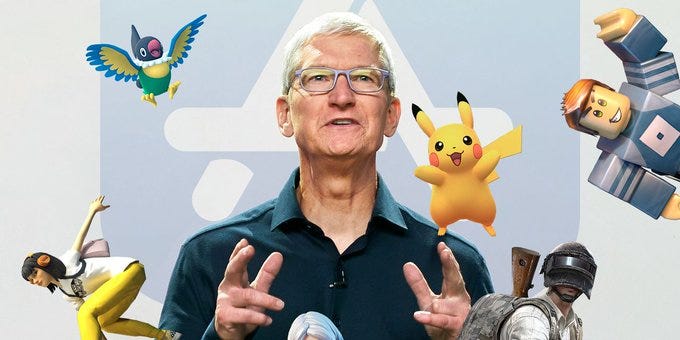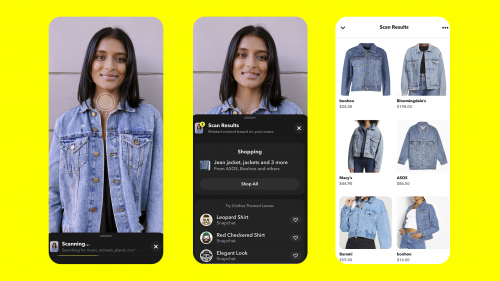About 3 billion people spend 80% of their waking hours on the web every single day. The internet keeps getting better and better. How we interact with the web would soon change due to new technologies and something called Web 3.0.
It is quite hard to get people’s views on the topic and a definite answer on, “What is Web 3.0? ” Before we begin, some context. This guy, Tim Berners Lee, had an idea on the next web in the concept of linked data or semantic web which led to a new horizon of what is possible.
A semantic web or linked data simply means connected data across platforms which allows Ubiquity.
Now let’s get into the history.

Connecting Data
Web1: Read-Only
The internet has officially existed since the ’80s. Content creators have had a place on the internet, but the majority of users using the internet in the ’90s were consumers on static web pages and seldom produced content. Perhaps a consequence of shifting from print media to the internet, those who dominated content creation were professional writers, reporters, and journalists. The content model here was few-many and people came onto the internet to consume or read-only.
We saw less censorship here (though still dominant) compared to print. Due to this, people started questioning the credibility of the quickly growing database of information. There were loose social networks on Web1 and only a few “internet companies” controlled content on the internet. Web1-Esque websites still exist today, but it isn’t very typical. Craigslist is an example you are likely familiar with.
Web2: Read-Write
Cue Web2 or the web as we know it today. It took over in the early 2000s.
Web2, coined by Tim O’Reilly, was prompted by upgrades to servers, developer skills, and faster internet speeds — leading way to interactive web applications. Some attribute its start to the aftereffects of the dot-com boom.
The rise of Web 2.0 was largely driven by three core layers of innovation: mobile, social and cloud.
Though plenty of companies dominate Web2, there are a few giants that we are all familiar with. At its core, Web2 made space for everyone to become a content creator and consumer simultaneously — though not everyone makes money off of what they create.
Users produce media on social networks, i.e. Facebook, which then can sell personal data to generate impressive amounts of revenue. This is fully allowable because centralized companies have ownership over user data and all user-generated content. Censorship is a bit more lifted in Web2 but is largely platform-dependent. Although users are both suppliers and consumers on this web, they are at the mercy of where they are creating and consuming, handing over rights to any sense of ownership.
Take for example Medium or Youtube, a centralized tool for writers or creators to publish and earn some income with no or little say in its governance. In comparison, Mirror allows for writers to gain full ownership of their work, have a say in its governance (considered co-owners), and earn directly from their audience. This is precisely the theme we will continue to observe as we all start shifting to Web3. As with Web1, Web2 will always exist in parts of the internet, but won’t dominate spaces where we spend most of our time online in the future.
Web 3: Open Connected Dots
Web3 is the next jump in how people use the internet. Currently, when you connect to a website, you are connecting your web browser to a web server. 💻. All of the code you write is stored on that web server. With Web 3… it’s different, everything is stored on the blockchain (ledger technology) instead.
Impact
A Win for Digital economies
Web3 games are living proof of the fact that digital economies will be the most robust, composable, and remixable. Instead of taking rates that extract value at every layer of the stack, value can compound in real-time thanks to a network of users and engaged contributors.
In traditional and cloud-based game worlds, take rates, centralized companies, and the inherently static nature of game assets put limits on how big universes could become.
Over the past decade, the gaming industry has been feeling its way to a player-centric form of value transfer, with secondary markets and user-generated modding.
2011 also saw the official release of Minecraft, the cross-platform sandboxing universe. Soon, Minecraft had a constellation of user-hosted mod repositories and servers; after being bought by Microsoft in 2014, an official modding marketplace arose, with a 50% take rate.

On the other hand, Wall Street Journal found that Apple made $8.5bn in operating profit in 2019 from taxing game revenue–an early signal that value is being strangle-hold by major platforms. This is bad for most developers.

Games now monetize primarily through two modes: in-game purchases (Fortnite and studios like Activision, Rockstar, and TakeTwo have gone this route) and user-generated modding with a take rate (Minecraft, Roblox).
New Web 3 games, like Axie Infinity, Loot, and Rarity are beginning to embrace ownership. At Axie Infinity, a game with about 1.7 million players and over $2.3bn in trading volume. In the game, users own Axie’s outright as NFTs(non-fungible token) and can earn SLP (the Axie breeding token) and AXS (the Axie governance token) through gameplay and trading.
All of this value comes back to the community through trading royalties and minting costs that are directed to developers.
A New Horizon for what can be possible
Web 3.0 can be a lot of things just like the web now is a messy space of so many different things. What I can be certain about from my exploration into the topic is that communities are at the heart of Web 3.0 and that opens doors to a world of possibilities. Privacy, financial freedom, access and enhanced technologies are possible features of Web 3.0.
Well here is a whiteboard video for more explanation on web 3.0.




